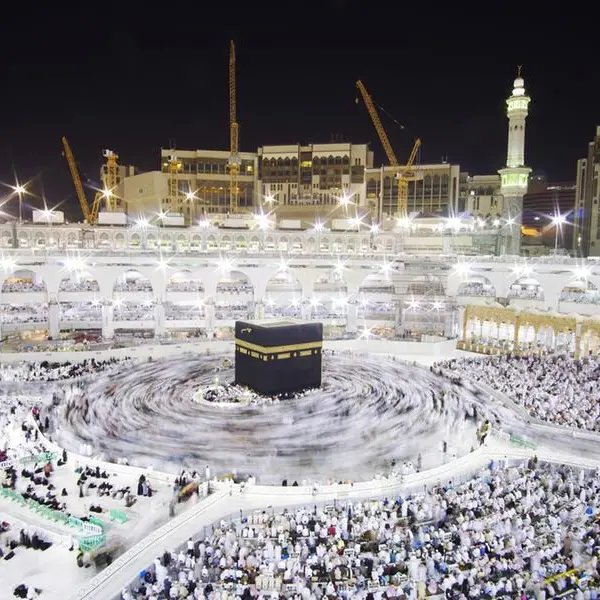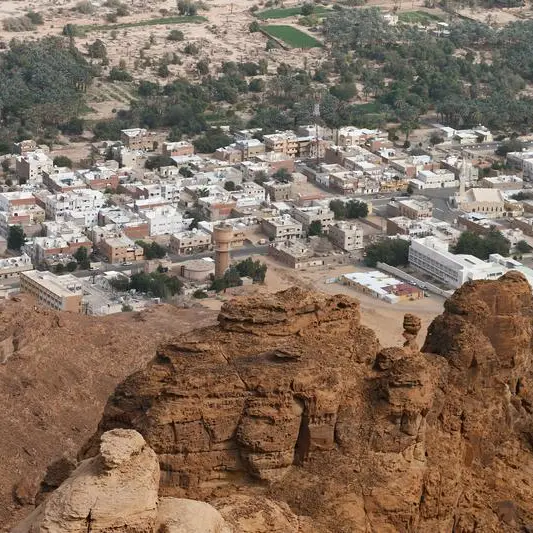Friday, Jun 02, 2017
LAHORE: Most of the news emanating from Pakistan has never been about space or science. Now all is changing as people take interest in watching the stars, sun, milkyway and the galaxies far away - the final frontier for mankind.
There is Space Science department in the University of Punjab in Lahore that is attracting a number of students. The Lahore Astronomical Society creates a number of activities round the year to create interest in astronomy and create awareness about the various aspects of space and cosmos.
Umair Asim has done masters in astronomy from James Cook University, Townsville, Australia. He founded the Lahore Astronomical Society and is also CEO of Zeds Astronomical Observatory. “We have public outreach programmes to share the passion of astronomy with general public especially among school, college and university students.
“Sun observation programme is widely popular among students and was sponsored by Charlie Bates Solar Astronomy Project, a non-profit organization in USA, which has donated equipment’s, solar glasses and other accessories to assist LAST in conducting outreach.
“Humari Kainaat (our universe) podcast is regular podcast that has been developed by me and Dr Salman Hameed (Hampshire College USA). We talk about general interest of astronomy and space topics in Urdu.” Umair said.
“Pakistan has been considered as dark region when it comes to data generation in the field of astronomy but all is not lost. Our is the only observatory which is registered with International Astronomical Union (IAU) and contribute to the international community when it comes to monitoring asteroids. So we are pretty much into the astronomical data generation and building Pakistan’s positive image in international community,” Umair said.
Umair has converted his large house in the uptown area of DHA (Defence Housing Authority) into a proper observatory. What must have once been his drawing room is now the briefing room where interactive sessions are held with the visitors on weekly basis. Umair and his team including Secretary General Ruhsan Bukhari and Amina who deals with PR often visit different institutions to give briefings. While adjusting the main telescope
Celestron c14, an American technology device only available to Zeds Astronomical Observatory Umair explained how it is used.
The telescope has all things to monitor the celestial bodies like planets, stars, comets and other galaxies. Checking of the chemical compositions and capturing images of these celestial objects is also done. The telescope also contributes to the data collection and then sharing it with the international community of astronomers who are always ready for new information from the observatory considering there are no others at this longitude and latitude.
The group of six volunteers working under Umair’s leadership is trying to register Pakistan as true ‘astronomical paradise’in front of the world. “Pakistan’s northern areas are paradise for the astronomy but due to security concerns for gadgets and telescopes and very little infrastructure, we cannot work and explore the wonders of sky from there,” Umair said.
An educator by profession Umair dreams of one day exploring new dimensions in the universe. For him it is not profession but passion. “Since childhood sky and the stars formation fascinated me. I loved to lie down and watch the stars as long as I could before going to sleep. The passion for astronomy did not die down with the passage of time. It grew and one day I was able to buy one of the most expensive telescopes in Pakistan to fulfill my desire and passion to watch the stars and their movements,” Umair said.
With 14 inch aperture telescope Celestron c14 is one of the biggest telescopes in Pakistan and is being used for research and collecting astronomical data. “Its light-gathering power and capacity is excellent and that’s why international astronomers contact us and send queries about certain asteroids.
“We provide the information to them accordingly because we have better infrastructure and set up in Pakistan than anyone,” he said.
Human eye opening light gathering is 5 to 7 mm and this telescope which is approximately 3 million rupees worth was bought in 2003 can capture 365 mm so you could imagine how perfectly it captures light from far flung stars and planets in the sky.
“This is for sure we see no image or visual ‘live’ as light goes and reflects on telescope’s that lead to generate an image,” he said.
The telescope monitors stars, comets and asteroid’s chemical composition measuring hydrogen and other components even they may be billions of miles away from the earth and located anywhere in our solar system or outside it. Umair showed the planet Jupitar with its four prominent moons. The sight was amazing. “Whole astronomy is divided in data observation called as observation astronomy and other one is data interpretation. We focus on data observation.
“The whole scope of photometry astronomy is being observed and practiced here at this observatory.
“In Karachi there is a lot of visual astronomy as groups of people go to the beach and observe the star and skyline with telescopes. It is all very fascinating,” Umair said with smile.
With enthusiasts like Umair around there are expectations that more and more people will turn to astronomy.
By Emanuel Sarfraz Correspondent
Gulf News 2017. All rights reserved.






















